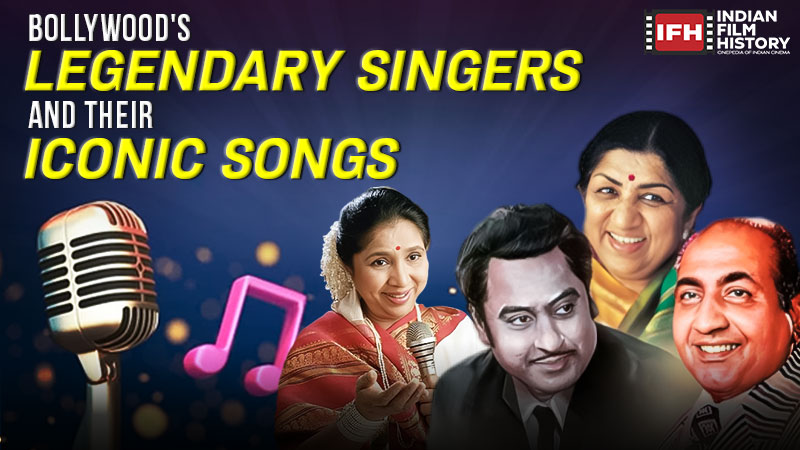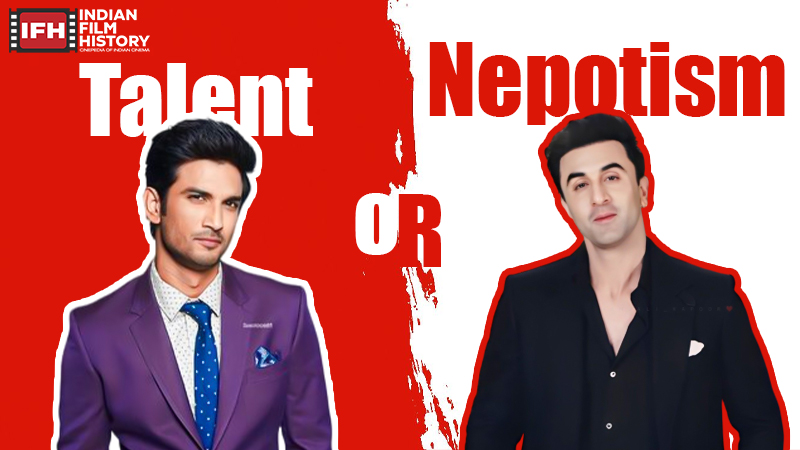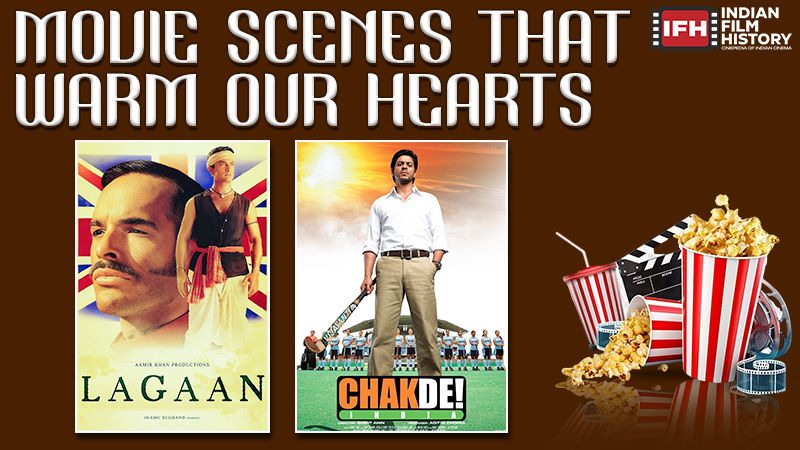Tollywood, the film world that makes movies in Telugu in Andhra Pradesh and Telangana, has become a very strong movie force in India. For decades, it has mesmerized audiences with larger-than-life heroes, high-energy dance numbers, and colorful spectacles. But behind the glitter and glamour, a more profound and transformative journey has been unfolding — the evolution of storytelling.
From devotional sagas to socio-political dramas, from melodramatic family tales to globally celebrated blockbusters, the narrative arc of Tollywood mirrors the transformations in Telugu society. Today, we delve deep into this fascinating journey — exploring how Tollywood storytelling has evolved, adapted, and redefined itself over the years.

1. The Mythological Roots (1930s–1950s): Narratives of Divinity
Tollywood’s storytelling journey began with spiritual foundations. The first Telugu talkie, Bhakta Prahlada (1931), directed by H.M. Reddy, set a precedent by adapting religious lore into cinematic format. It was more than a film; it was a cultural landmark that shaped the industry’s early trajectory.
These first years were full of stories from the Ramayana, Mahabharata, and the Puranas. Legendary actors like N.T. Rama Rao (NTR) became synonymous with divine roles, particularly Lord Rama and Krishna. Audiences revered him both on and off-screen, often blurring the line between reel and real.
…blended drama with devotion. These stories offered moral clarity during a time of political uncertainty under British rule and early post-independence struggles.

2. The Age of Social Realism (1950s–1970s): Cinema as Reflection
As India embraced independence, Telugu filmmakers began moving away from mythological comfort to address pressing social issues. This started a new way of telling stories in Tollywood that focused on showing things as they really are.
Directors like B. N. Reddy, K. V. Reddy, and later, K. Balachander, used cinema as a mirror to reflect society. Their films explored:
Tollywood films have explored a range of thought-provoking themes, including rural poverty and agrarian distress, women’s education and empowerment, caste and class disparities, and marital dynamics and family values. Classic films like Malliswari (1951) showcased timeless themes of love and sacrifice against a royal backdrop. In contrast, Dr. Chakravarthy (1964) probed the psychological tension between societal norms and personal desire. Sankarabharanam (1979), a musical drama, highlighted the fading value of classical art in modern times, sparking meaningful conversations about cultural preservation. These films have contributed to reflections on societal issues, leaving a lasting impact on audiences.
These stories weren’t merely for entertainment — they educated, reformed, and resonated with the emotional landscape of Telugu households.

3. The Superstar Era (Late 1970s–1990s): Mass, Melodrama, and Megastars
This time saw the rise of tales centered on heroes. Telugu cinema evolved into a star-driven industry, with actors like NTR, ANR, Krishna, Sobhan Babu, and later Chiranjeevi commanding cult-like fanbases.
The stories, now centered around these megastars, leaned into:
Tollywood’s commercial cinema has been marked by themes of righteous rebellion against corruption, the underdog’s quest for justice, and explosive action sequences paired with memorable dance numbers. Punch dialogues from these films often became cultural slogans, resonating with audiences. Chiranjeevi played a significant role in shaping this format, with films like Khaidi (1983), Jagadeka Veerudu Athiloka Sundari (1990), and Gharana Mogudu (1992) showcasing his impact on the industry. These movies blended action, drama, and entertainment, cementing Chiranjeevi’s status as a star and influencing the commercial film landscape.
…redefined the “mass” hero and set new storytelling standards in terms of visual grandeur, pacing, and box office potential.
Yet, even in this era of mass appeal, auteurs like K. Viswanath continued making films that touched the soul. Sagara Sangamam (1983), Swathi Muthyam (1986), and Swarna Kamalam (1988) looked into human weakness, love for art, and deep feelings. They proved that storytelling could be both commercial and meaningful.

4. The Mass vs. Class Divide (2000s–2015): Dual Narrative Evolution
The early 2000s brought in technological upgrades, multiplexes, and a shift in audience preferences. This was the beginning of a subtle yet powerful divide between two storytelling streams:
Mass Films:
These were designed for the single-screen, rural, and semi-urban audience.
Several Tollywood films have left a lasting impact. Films like Pokiri and Simhadri redefined genres with their unique storytelling. With Godavari and Happy Days, the narrative shifted towards poignant storytelling and relatable themes. The audience for these films was often specific, with some catering to the masses and others to niche viewers. Leader stands out for questioning political ethics in its storyline. The impact of these films is still remembered today
Directors like Sekhar Kammula, Krish Jagarlamudi, and Deva Katta brought minimalism and relatability to Telugu storytelling, focusing on character development and narrative subtlety.
This period marked the coexistence of two types of storytelling — both successful in their own domains, both evolving the industry in their own ways.

5. The Pan-India Revolution (2015–Present): Breaking Language Barriers
If there’s one moment that changed Tollywood’s global perception, it was the arrival of S.S. Rajamouli’s Baahubali series (2015, 2017). This wasn’t just a film — it was a seismic event in Indian cinema.
With Baahubali: The Beginning and Baahubali: The Conclusion, Tollywood went beyond language and regional boundaries. For the first time, a Telugu movie:
The Telugu film industry has transcended regional boundaries with movies like Pushpa: The Rise, RRR, Ala Vaikunthapurramuloo, and Mahanati, achieving global success with over ₹1,000 crore in box office collections and dubbed in multiple languages. These films have elevated Telugu storytelling to global aesthetics, ushering in the “Pan-India” era with their unique blend of style, emotion, and technical brilliance.
Today’s Tollywood filmmakers are not just thinking regionally; they are writing for the world while keeping Telugu roots intact.

6. Storytelling in the OTT Age: Depth over Drama
The rise of OTT platforms like Amazon Prime Video, Netflix, Aha, and Hotstar gave Telugu creators a new space to tell unconventional stories.
OTT allowed freedom from box office pressure. Writers explored darker themes, layered characters, and genre experimentation — from sci-fi to psychological thrillers. This expanded the basic elements of Tollywood storytelling.

7. Representation of Women: From Side Characters to Story Drivers
Earlier decades often relegated women to love interests or domestic anchors. But modern storytelling is changing that.
Films like:
● Oh! Baby (2019) – a female-led fantasy drama
● Yashoda (2022) – a thriller with a pregnant protagonist
● Ammu (2022) – centered on domestic abuse and resilience
are changing the way women are shown — as complicated, main, and strong.
Behind the camera too, more female writers, editors, and producers are now influencing how stories are told.

8. Musical Storytelling: Songs as Narratives
Music has always been central to Tollywood. But in recent years, it has transcended filler-status to become part of the narrative itself.
Songs in films like:
● Sita Ramam – lyrical, poetic, and plot-enhancing
● RRR’s Naatu Naatu – not just a dance, but a rebellion in rhythm
Music now isn’t just promotional — it’s a narrative pillar that moves the story forward, reveals emotion, and expands character arcs.

9. Tollywood’s Global Identity: Regional Soul, Universal Heart
The most compelling aspect of Telugu storytelling today is its ability to remain deeply regional while connecting universally.
Pushpa’s story is set in Chittoor which has a unique local dialect, wild forests, and is known for sandalwood smuggling, all special to that area. Yet, the themes of ambition, struggle, and self-worth are global.
Mahanati’s retro narrative structure appealed to cinephiles everywhere. RRR’s story of friendship, betrayal, and uprising touched people around the world, earning it an Oscar for Best Original Song.
Tollywood is now proudly Indian,boldly Telugu, and confidently global.

10. The Road Ahead: Unwritten Stories, Infinite Possibilities
The future of storytelling in Tollywood is looking very promising. Young directors like:
Tharun Bhascker (Pelli Choopulu), Gowtam Tinnanuri (Jersey), Vivek Athreya (Ante Sundaraniki), and Sandeep Reddy Vanga (Arjun Reddy) have showcased their unique storytelling styles, contributing to the industry’s creative growth and success.
…are shaping new-age narratives that aren’t afraid of breaking traditional molds.
Audiences, too, have matured. They want flawed heroes, unpredictable plots, layered storytelling, and stories that challenge norms rather than conform to them.
Whether it’s a psychological horror, a romantic comedy, a feminist thriller, or an experimental anthology — the gates are now open for everything.
Conclusion: The Real Hero is the Story
Tollywood’s journey from temple tales to global triumphs is a testament to the power of storytelling. It proves that language is no barrier when the emotions are genuine, the characters are relatable, and the stories are rooted.
As the lines between mass and class, regional and global, mainstream and experimental continue to blur, one truth remains:
In Tollywood, the real superstar isn’t always the actor.
And as long as the industry continues to respect its roots while embracing innovation, the world will keep watching — and celebrating — the stories that emerge from the heart of Telugu cinema.




Leave a Comment